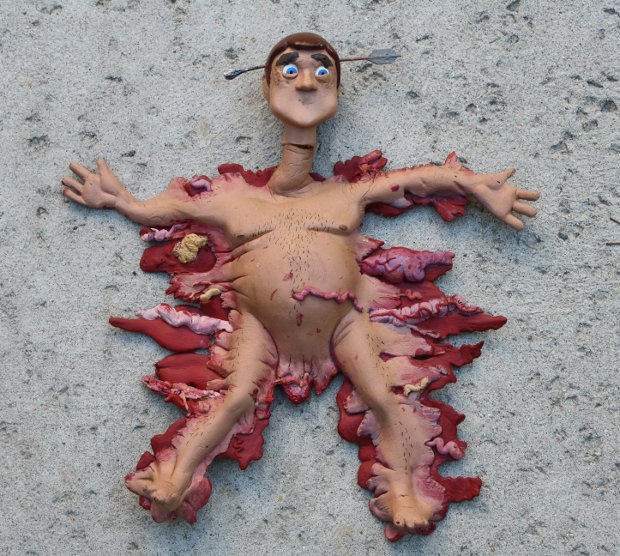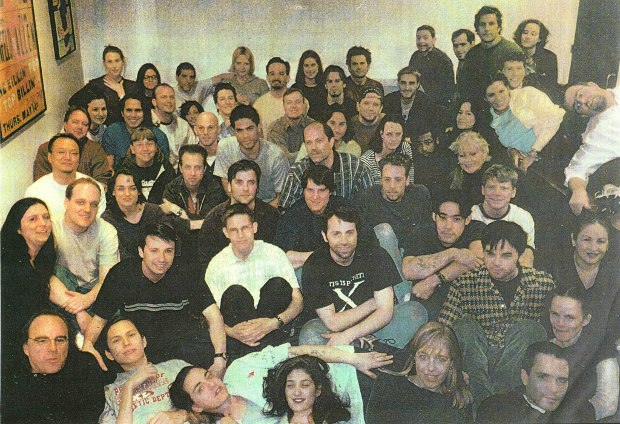Building a stop-motion animation studio can be a challenging endeavor. Especially when that studio is located on the 31st floor of a corporate office building right smack in Midtown Manhattan.
Building a stop-motion animation studio can be a challenging endeavor. Especially when that studio is located on the 31st floor of a corporate office building right smack in Midtown Manhattan. As MTV animation VP John Lynn, animation supervisor Greg Pair and I imagined the logistics of producing a stop motion TV series, there really was no other choice. There was no model for how to do a show like this because nothing like it had ever been attempted. So we took the basic template for making the original Deathmatch shorts and expanded it out.
MTV animation was located at Paramount Plaza, 1633 Broadway and occupied the entire 31st floor of the building. Back in 1998 Daria was in full production on the floor and countless other pilots were in development. Slowly, like a virus, the Deathmatch production began taking over the floor. A corner office became a set fabrication shop. Cubicles became storage areas for the hundreds of crowd puppets the show required.
Other cubicles became makeshift hospitals for the endless line of puppets that were beat up, broken and violated all for benefit of the millions watching at home. One conference room served as the writer’s room while another became our edit bay/visual effects department. We even set up a spray paint booth and had to modify the building’s ventilation system to accommodate it. (still debatable whether or not the spray booth was up to code) And then there were the animation stages. I think at one point there were as many as twenty, occupying any and every available space we could find. One by one, offices started to fill up with stage lights, bleachers full of clay crowd people and mini boxing rings. When we ran out of office space we actually had people animating in broom closets!
For the first time ever, a stop-motion series would use off the shelf software and video cameras, rather than film to capture the animation. Using a combination of Adobe Premiere and video “Lunchboxes” animators had the ability to preview their animation as they moved forward through a shot. In real time, they’d know what they were getting, as opposed to the days it would take to get film back from the lab. Using this capture technique, timing adjustments could be made on the fly and mistakes could be corrected, avoiding countless hours of reshoots. I was always amazed at our few retakes the show required. Using Premiere, sequences could be cut together right on the animation stages to check for hook ups and continuity – a crucial step in a show where most of the action unfolded in “real time.”
Housing our entire production team under one roof not only proved to be incredibly efficient but also helped foster a sense of unity. Writers could communicate with animators to develop gags. If an effects artist required an element to be shot he simply had to walk down the hall and talk to an animation supervisor. Designers could work directly with fabricators to bring their drawings to life. I’ve worked on so many productions before and since CDM where I was required to communicate with studios either via Skype or travel overseas for in-person visits. It is always a creative challenge to work with outsourced talent.
As strange as it was to produce a clay wrestling show in that corporate building in the heart of Manhattan I could not have imagined producing Celebrity Deathmatch any other way. Looking back, it truly was a once in a lifetime experience.











